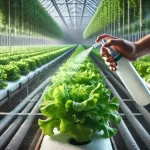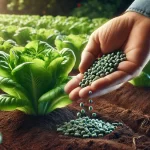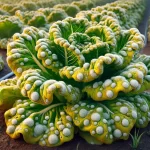Lettuce cultivation is particularly vulnerable to pests such as slugs and snails, which can cause significant damage by creating holes in the leaves and compromising the overall health of the crop. Implementing effective techniques to control these mollusks is essential to protect your lettuce and ensure a plentiful, high-quality harvest. This article explores integrated strategies to prevent and combat slugs and snails in lettuce cultivation, with a technical and practical approach.
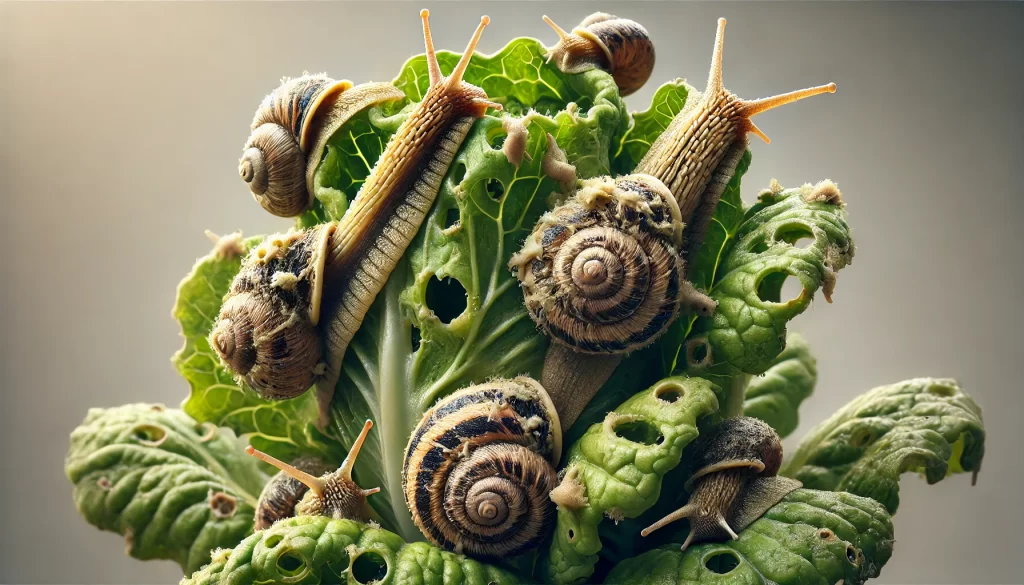
Impact of Slugs and Snails on Lettuce Cultivation
Slugs and snails feed on tender leaves, affecting plant development and promoting the appearance of diseases by creating wounds on the leaves. This damage reduces yield and the quality of the final product.
Signs of Infestation
- Leaves with irregular holes
- Presence of slime on leaves and soil
- Damage concentrated at the base of young plants
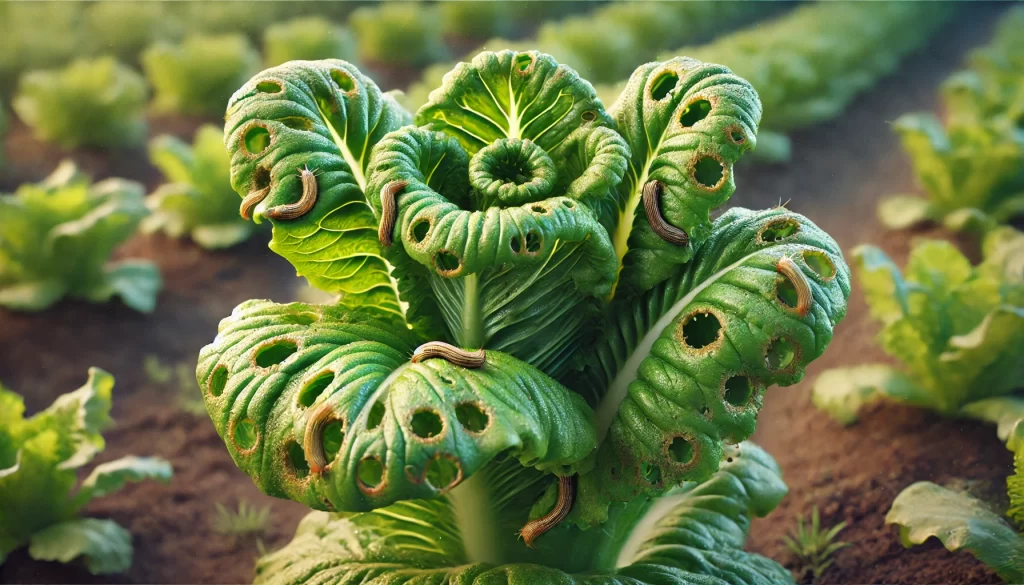
Techniques for Physical and Cultural Control
Barriers and Traps
- Physical barriers: Place copper bands around planting rows. Copper creates an electric reaction that deters mollusks from crossing.
- Homemade traps: Bury containers with beer or water with yeast near the plants. Slugs and snails are attracted, fall in, and drown.
Environmental Management
- Manual removal: Inspect the field at dawn or dusk and manually pick up slugs and snails.
- Area cleanup: Remove plant debris and potential shelters around the crop to reduce hiding spots.
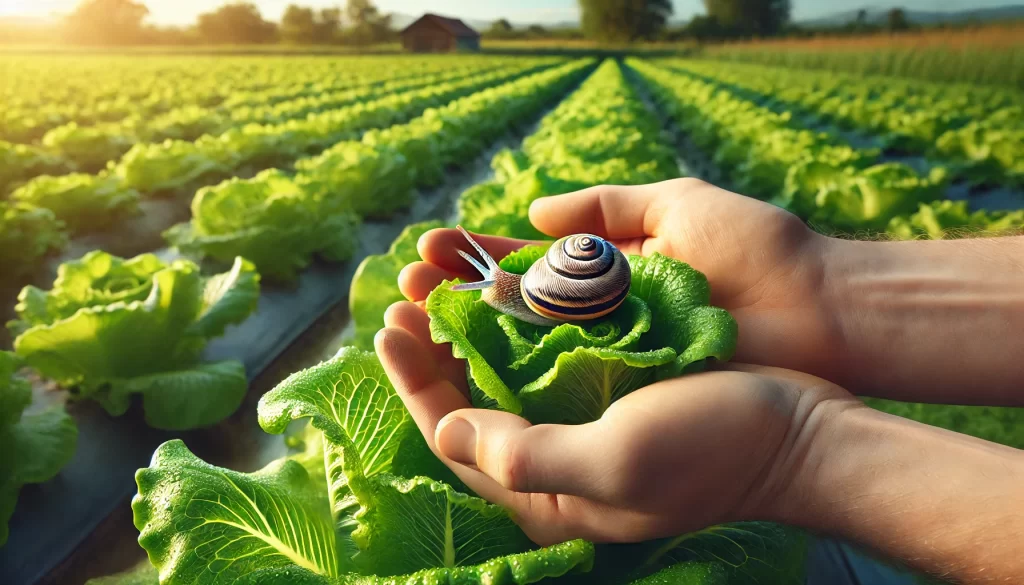
Biological Methods
Introduction of Natural Predators
- Predators: Encourage the presence of insectivorous birds and toads that feed on slugs and snails.
- Use of entomopathogenic nematodes: Applied to the soil, these organisms parasitize and eliminate mollusk larvae and eggs.
Application of Natural and Organic Products
Iron-Based Products and Fermented Salts
- Iron-based gels and pellets: Applied to the soil, they are toxic to slugs and snails and hinder their movement.
- Bone meal or ash-based products: Alter the pH of the environment, deterring their presence.
Table of Techniques for Controlling Slugs and Snails
| Technique | Description | Benefits |
|---|---|---|
| Copper barriers | Copper tape or mesh around plants | Physical deterrent, non-toxic |
| Beer traps | Buried containers with beer to attract and drown mollusks | Cost-effective, easy to implement |
| Natural predators | Attract birds, toads, and use nematodes | Biological control, sustainable |
| Iron-based gels | Applied to the soil to repel and kill mollusks | Effective, environmentally friendly |
Plant Nutrition Tips for a Resilient Crop
Strengthening lettuce plants enhances their resistance to damage:
- Balanced nutrition: Ensure adequate N, P, K, and micronutrient levels to promote a robust root system that helps plants recover from damage.
- Foliar fertilization: Apply foliar nutrients during active growth periods to promote dense foliage that can better withstand partial pest damage.
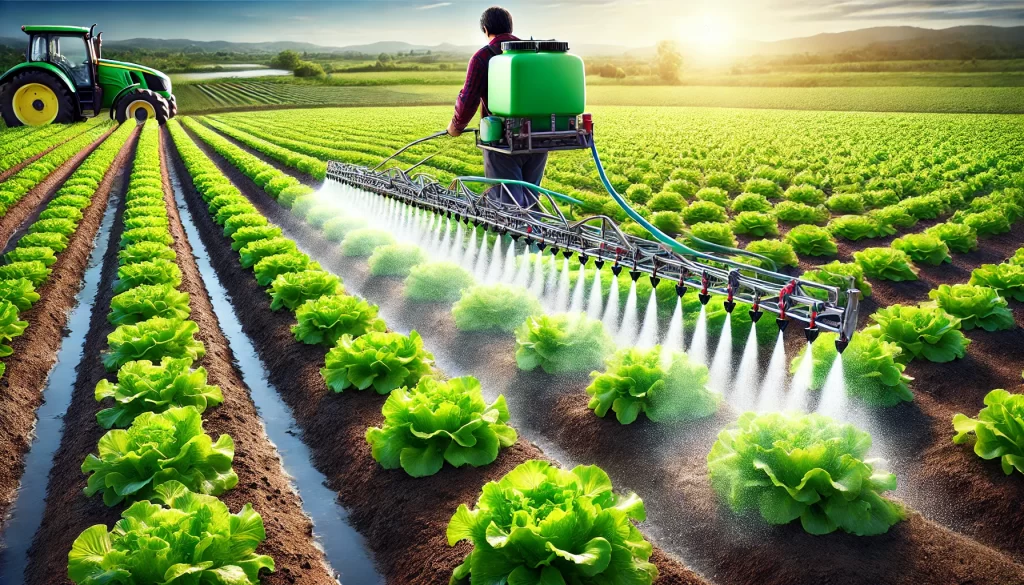
Conclusion
Protecting lettuce crops from slugs and snails requires an integrated approach that combines physical barriers, biological control, traps, and preventive cultural measures. Strengthening plant health through proper nutrition also contributes to resilience. By applying these effective techniques tailored to your growing conditions, you can significantly reduce the damage caused by these mollusks, ensuring a healthy and profitable harvest.
References
- Bliss, F.A. (2000). Vegetable Crop Production. CABI Publishing.
- Pedigo, L.P., & Rice, M.E. (2009). Entomology and Pest Management. Pearson.
- Kogan, M. (1998). “Integrated Pest Management: Historical Perspectives and Contemporary Developments.” Annual Review of Entomology, 43, 243-270.
 AgronoBlog – Agriculture Blog
AgronoBlog – Agriculture Blog 